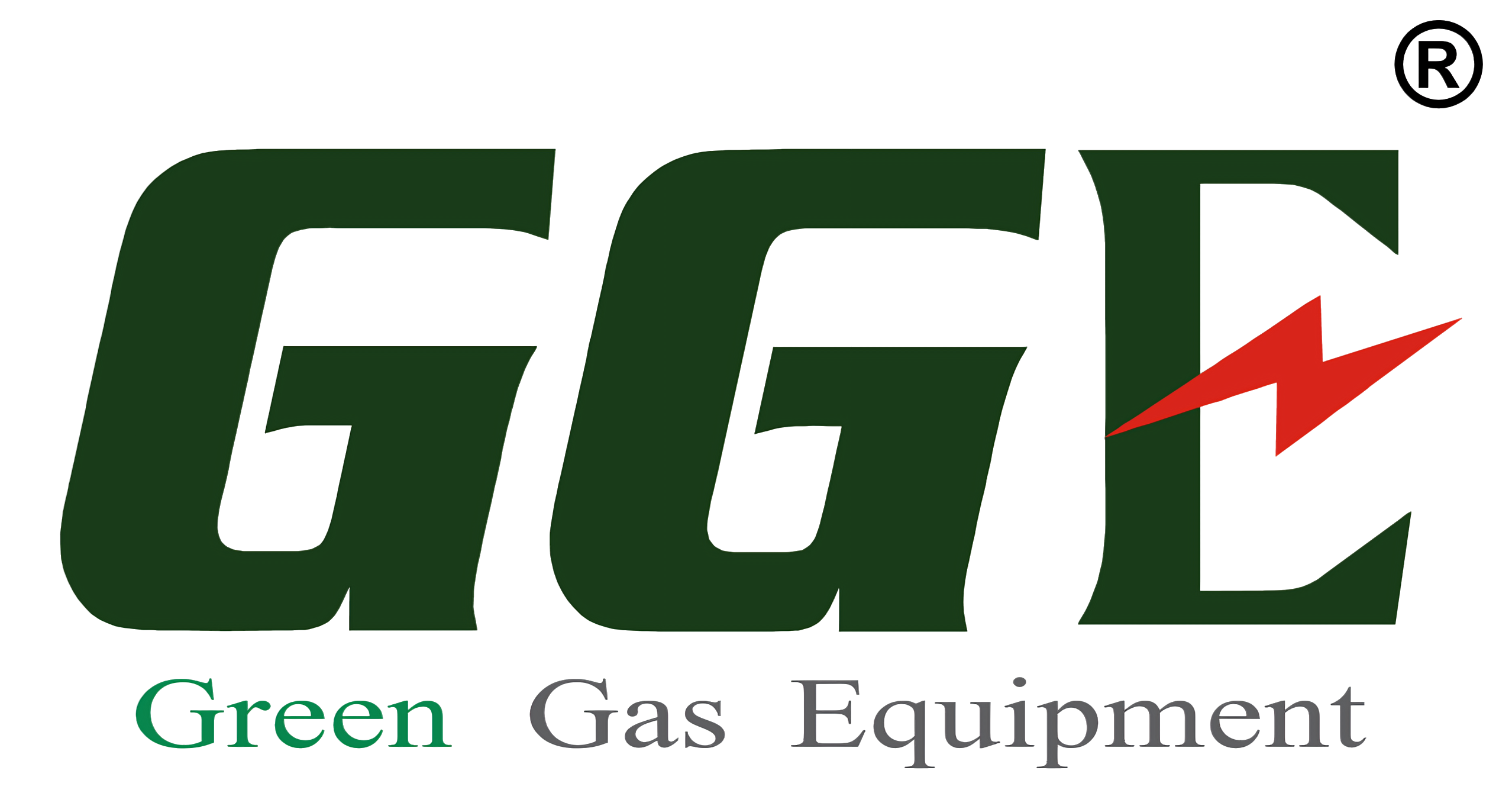Biogas Upgradation
Membrane Upgradation
For upgrading our biogas to biomethane, membrane separation is used that operates based on the principle of selective gas permeation across the membrane surface. This process capitalizes on the difference in partial pressures between the interior and exterior of hollow fibers within the membrane structure.
As biogas flows through these membranes, gases such as methane (CH4) migrate through the membrane material due to the pressure gradient, while other gases, like carbon dioxide (CO2) and other impurities are retained. This selective permeation allows for the purification of biogas, enhancing its methane content to meet high purity standards suitable for energy applications.
Membrane separation offers several advantages in biogas upgrading, including operational simplicity, minimal energy requirements compared to traditional methods and the absence of chemical additives. It provides an efficient and environmentally friendly solution for producing clean methane from biogas, contributing to sustainable energy practices.
Pressure Swing Adsorption
Pressure Swing Adsorption (PSA) is an effective technology for biogas upgrading, known for its compact equipment size, minimal energy needs, low initial investment and ease of operation and safety. It is a highly effective gas separation method used in situations where gases are mixed or have high humidity, such as landfill sites. Here’s how it works: under high pressure, gases like oxygen (O2), nitrogen (N2), and carbon dioxide (CO2) are attracted to solid surfaces and stick to them (adsorption). When the pressure is reduced, these gases are released (desorbed).
After removing sulfur compounds initially, PSA processes further separate gases based on their tendency to stick to different solid surfaces. By adjusting the pressure, the adsorbents selectively trap oxygen (O2), nitrogen (N2) and carbon dioxide (CO2). This process ensures a continuous production of biomethane with very high purity, typically at least 97%.

